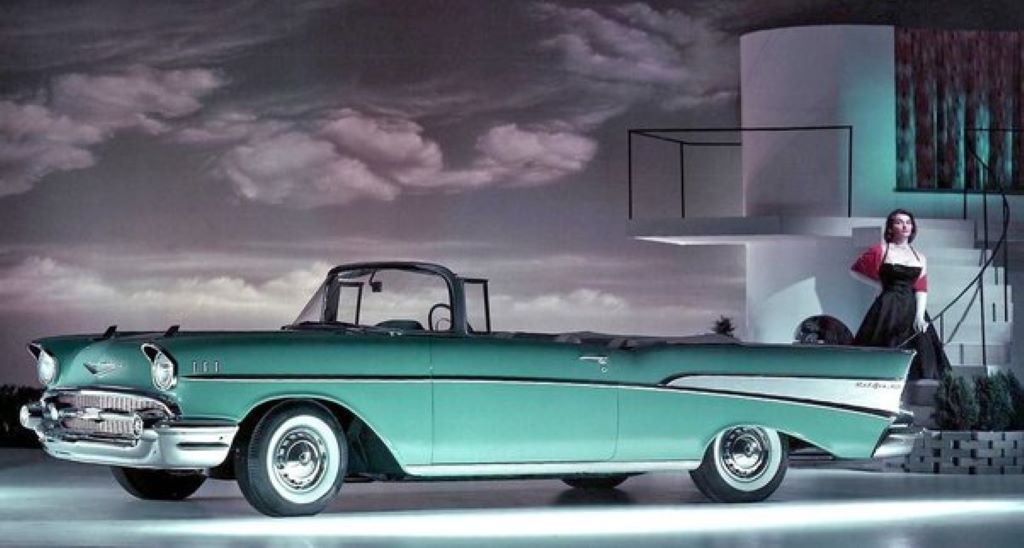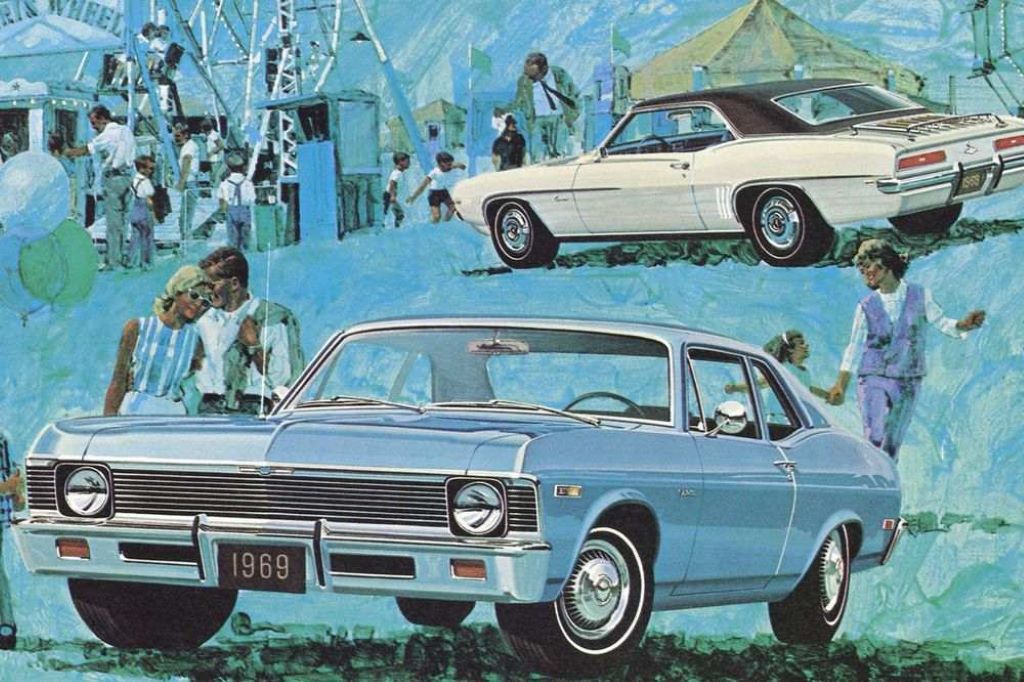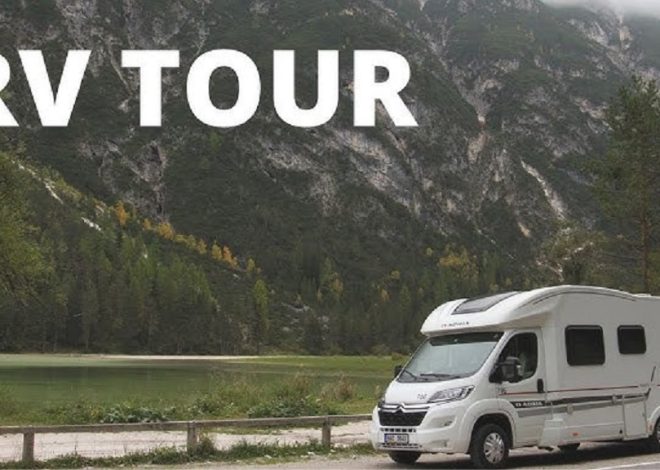
American Car Culture and its Disquieting Influence on Youth
The rise of American car culture in the mid-20th century, while symbolizing freedom and independence for many, also sparked considerable unease among adults concerned about its potential negative impact on youth. This unique blend of exhilaration and anxiety stemmed from several intertwined factors, ranging from concerns about safety and rebellion to the perceived erosion of traditional values.
The Allure of Freedom and Mobility
In the post-war economic boom, the automobile quickly became a potent symbol of personal liberty and social status. For teenagers, cars offered an escape from parental supervision, the opportunity to explore new territories, and a means of forging their own identities. The rise of Japanese car culture further emphasized the car’s role in personal expression. The open road became a canvas for self-expression, adventure, and romance.
Movies and music of the era romanticized the car as an emblem of youthful rebellion and nonconformity. From James Dean’s iconic Porsche in “Rebel Without a Cause” to the Beach Boys’ anthems celebrating the joys of cruising, popular culture reinforced the car’s association with autonomy, adventure, and defiance of authority.
The Dark Side of the Dream
However, this newfound freedom also had a darker side. Adults worried that the car’s seductive power would lead young people astray. With greater mobility came the potential for unsupervised activities, including reckless driving, sexual experimentation, and delinquency.
The statistics fueled these fears. Traffic accidents became the leading cause of death for teenagers, and the association of cars with alcohol consumption and street racing only amplified concerns about safety and risk-taking behavior.
The Erosion of Traditional Values
Car culture also challenged traditional notions of courtship and community. The drive-in theater, a popular hangout for teenagers, replaced chaperoned dances and family gatherings. The car’s private, enclosed space allowed for intimacy away from the watchful eyes of parents and neighbors, raising concerns about premarital sex and the erosion of moral values.
Moreover, the car’s popularity contributed to the decline of public transportation and the rise of suburban sprawl. This, in turn, led to increased isolation among young people, who became more reliant on cars for socializing and entertainment, further distancing them from traditional community structures.
The Generation Gap Widens
The clash between the thrill-seeking youth and the cautious adult generation became a defining feature of the era. Adults saw the car as a dangerous distraction from education and responsible behavior, while teenagers viewed it as a symbol of their emerging independence and a rejection of outdated norms.
This generation gap was reflected in popular culture, with songs like “Teenager in Love” and “Hot Rod Lincoln” capturing the angst and defiance of youth. Meanwhile, adult anxieties found expression in editorials and public service announcements warning about the dangers of reckless driving and the moral hazards of car culture.
Tapatio Auto Parts: A Fiery Fusion of Polish and Car Customization
The Enduring Legacy
While the anxieties of the mid-20th century have subsided, the influence of car culture on American youth remains significant. Cars continue to be associated with independence and self-expression, and the debate about their impact on safety, values, and social interaction persists.
Today, concerns about distracted driving, environmental impact, and the rise of ride-sharing services have replaced the anxieties of previous generations. However, the car’s enduring allure as a symbol of freedom and mobility continues to shape the experiences and aspirations of young people in America.
Related: How Much Does a Semi-Truck Weigh Without a Trailer? A Detailed Look
Conclusion
The rise of American car culture was a complex phenomenon that elicited both excitement and apprehension. While the automobile offered unparalleled freedom and opportunity for young people, it also sparked concerns about safety, rebellion, and the erosion of traditional values. The clash between the thrill-seeking youth and the cautious adult generation became a defining feature of the era, shaping the cultural landscape and leaving a lasting legacy on American society.




